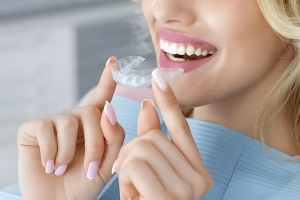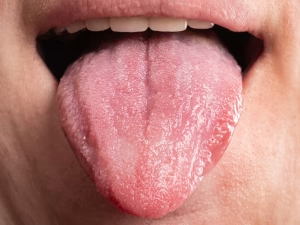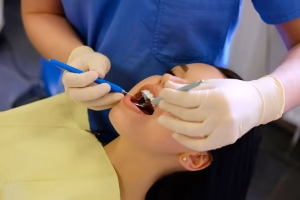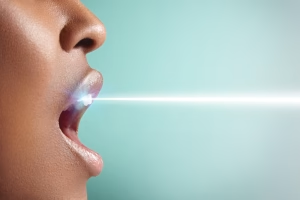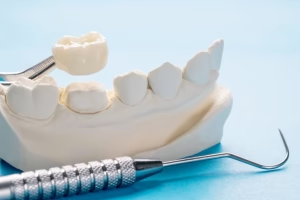What Are Dental Cysts and How to Treat Each Type
31 May 2021 | Updated: 8 October 2025
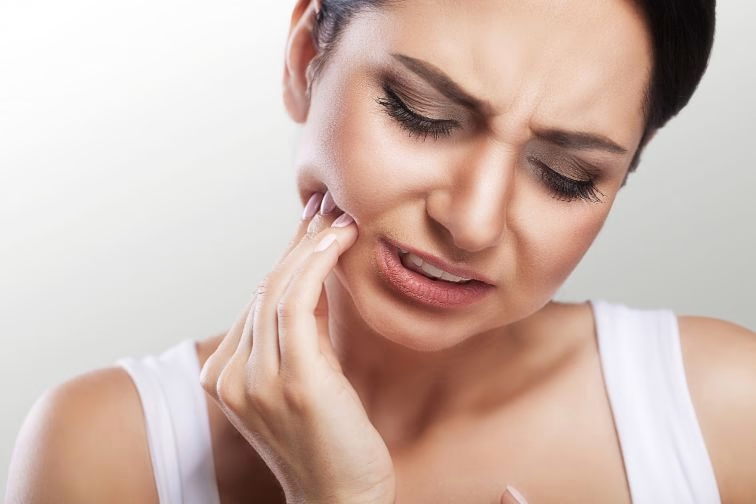
When talking about teeth-related diseases or issues, people usually complain about cavities, tooth sensitivity, and wisdom tooth removal. However, there are plenty of other issues a person can experience when it comes to their teeth.
One of those “obscure” or rare conditions is definitely the dental cyst. For those who don’t know, a cyst is basically a sac of soft tissue or fluid that forms next to or around a tooth. People who’ve never heard of dental cysts or experienced the pain they cause can consider themselves fortunate.
Those who have, know just how uncomfortable and persistent the condition can be. The best way to manage it is through awareness and early action.
Here’s everything you need to know about dental cysts.
Dental Cyst Causes and How to Know if You Have One
In most cases, cysts form at the tip of the roots of a dead or dying tooth.
When it comes to dental cyst causes, here are the most common ones:
- The improper growth of a tooth or the awkward position of the tooth in the mouth.
- A root canal failed naturally or as a result of an improper procedure
- A genetic syndrome called Gorlin’s syndrome
- Cysts can form if a tooth is buried or impacted in any way. For example, wisdom teeth are often buried
- Dead teeth are a perfect environment for cysts
Even though dental cysts are usually a result of some dental issue or infection, they can also be a symptom of a different disease.
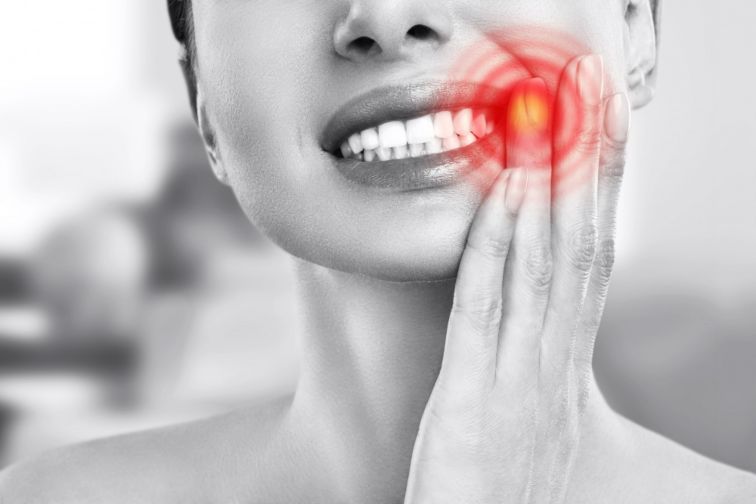
That said, here are the dental cyst symptoms patients should look out for:
- Sensitive or sore teeth
- Gaps between teeth or displacement of teeth
- Loose teeth
- Discomfort when pressing on a specific gum area
- Gum swelling
- Numbness in the face (cyst pressing on a nerve)
If a patient notices any of these symptoms and suspects that they might have a cyst, they should seek counsel from their dentist as soon as possible.
Dental Cyst Types
One of the most important things dental patients should know is that there are different types of cysts. Three types, to be specific: Periapical cyst, Dentigerous cyst, and Odontogenic Keratocyst.
Here are their main characteristics.
Periapical Cyst
This is the most common dental cyst and has many names. Dentists may refer to it as a radicular cyst, apical periodontal cyst, root end cyst, or simply dental cyst.
This cyst is caused by the death or necrosis of the pulp tissue inside the tooth. Death of the pulp is usually a result of tooth decay or injury. When pulpal necrosis occurs, it causes inflammation and the release of toxins, usually at the end of the root tip, hence the name “root end cyst”.
In most cases, treatment isn’t too complicated. In order to heal the patient, the dentist has to apply endodontic therapy. In case this doesn’t work, the dentist has to remove the dead tooth. This is the only way for them to get to the cyst, remove it, and clean the infected area.
The best way to make sure the inflammation or infection won’t appear again is to fill the area with an artificial tooth.
To prevent cysts from forming again, dentists usually fill the retrograde root canal.
Dentigerous Cyst
It should be stated that this cyst usually appears in the area of the lower wisdom teeth or the permanent upper canines. It forms around the crown of an unerupted tooth.
The thing that, in most cases, causes this cyst is the pressure an erupting tooth puts on the follicle. The pressure prevents the normal blood flow and that’s why fluid may accumulate between the enamel membrane tissue and the coronal portion of the tooth. This fluid causes inflammation and infection the result of which is often a dentigerous cyst.
Unfortunately, the only way to treat this cyst is to extract the tooth and surgically remove the cyst.
Odontogenic Keratocystic
Patients are most likely to notice this cyst in the posterior area of the lower jaw or mandible. Even though it has a scary name, this cyst is pretty much similar to other dental cysts. However, in order for a dentist to be sure, they usually have to do a biopsy, microscopic analysis, and an x-ray.
Unfortunately, experts can’t specify the cause of this cyst, but there are several theories that might suggest the origin of keratocyst.
Some dentists believe the cyst appears in the place where the tooth should have been, in order to fill the area. The other experts think that this cyst is actually a tumor that arises from the lamina of an injured or dead tooth.
The only way for a dentist to treat this cyst is to remove it surgically. The cyst may appear again and that’s why dentists usually prescribe treatment after the surgery.
Difference Between a Dental Cyst and Abscess
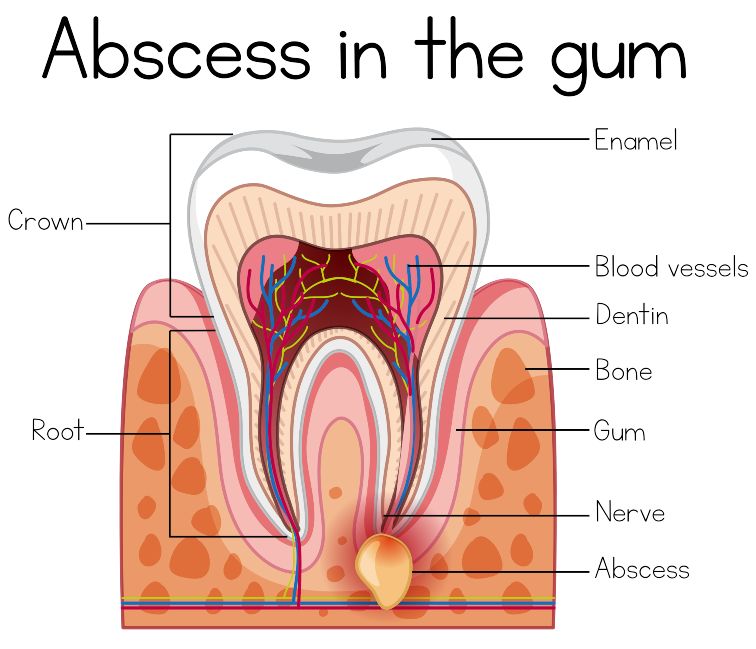
Dental cyst vs abscess is definitely the most common dilemma patients have when they experience painful swellings in the mouth.Therefore, it’s crucial for patients to know that the main difference between dental cysts and abscesses is the infection.
Most dental cysts are not infected, but if they get infected, they are called abscesses. Usually, abscesses occur in a dental cyst or near it.
The main cause of abscesses is bacteria in the gum. In most cases, this happens due to tooth decay. If a patient has a small abscess, they can treat it with antibiotics. However, large abscesses have to be removed by a dental surgeon.
How to Get Rid of a Dental Cyst
If you’ve been diagnosed with a dental cyst, the first step is understanding that proper treatment depends on the cyst’s size, location, and severity. While there are several ways to address the condition, the most effective options include professional dental cyst treatment or, in more serious cases, surgical removal prescribed by an experienced dentist.
In many instances, antibiotic therapy can successfully eliminate the infection and help the cyst heal. However, when the cyst is large, infected, or causing pain and swelling, dental cyst removal surgery may be required to prevent further complications and protect surrounding teeth and bone.
Treating Dental Cysts at Home
While stories about cyst removal surgery can sound intimidating, not every case requires such intervention. If the cyst is small, non-inflamed, and detected early, a course of antibiotics prescribed by your dentist may be enough to manage the condition.
Some patients also try home remedies, such as warm saltwater rinses or improved oral hygiene, to ease discomfort. However, these methods only offer temporary relief and do not eliminate the cyst itself.
No matter how mild the symptoms may seem, it’s essential to consult a qualified dentist, such as the team at MGA Dental, for proper diagnosis and guidance. Only a professional can determine the safest and most effective treatment plan for your specific case.




